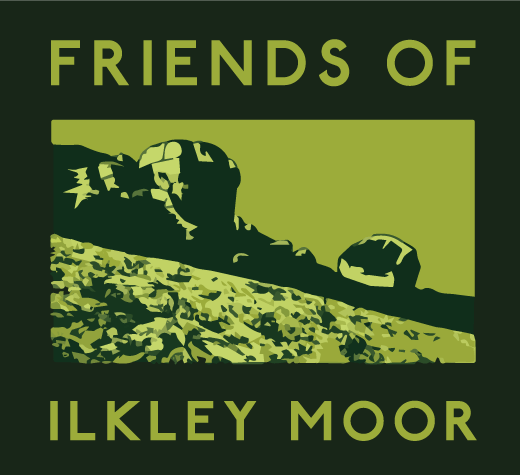
Discovering Ilkley Moor
Ilkley Moor attracts a wide range of visitors with an equally wide range of interests. We have tried to categorise some of these interests below to help aid appreciation and understanding of the rich diversity of the moor. The Friends aim to develop trails covering most of these themes which will be accompanied by a downloadable map with text or podcasts.
Social History
From the Stone Age people lived on the Moor for thousands of years. There were many trees there then but by the Bronze Age c2500BC the inhabitants were clearing these away. The trees we see now mainly date from the early 1900s.The people farmed the land. They had settlements such as…
Geology
Ilkley Moor is underlain by a succession of alternating coarse-grained sandstones and shales. Its precipitous northern edge overlooks Ilkley and Lower Wharfedale but there are extensive views beyond, especially from the highest part of the moor that rises to 402 metres…
Flora & Fauna
Ilkley Moor is a rich area for wildlife, both flora and fauna. Flora first. Most of what you see is grass and rushes, Heather and Bracken. Wavy Hair-grass covers large patches of the highest parts, while the fluffy white cotton wool tufts of Cottongrass mark the damper spots…
Conservation
From the Stone Age people lived on the Moor for thousands of years. There were many trees there then but by the Bronze Age c2500BC the inhabitants were clearing these away. The trees we see now mainly date from the early 1900s.The people farmed the land. They had settlements such as…
Archaeology
Ilkley Moor owes much of its appearance to the effects of long term human intervention and exploitation. Following the retreat of the last Ice Age and the development of a mature woodland cover, humans have constantly re-evaluated the landscape as a resource…
Gallery
The Gallery offers various images from around the Ilkley Moor, from the fantastic views and wildlife of ilkely moor to parts of the events put on by the friends like geology, archaeology and walks.
